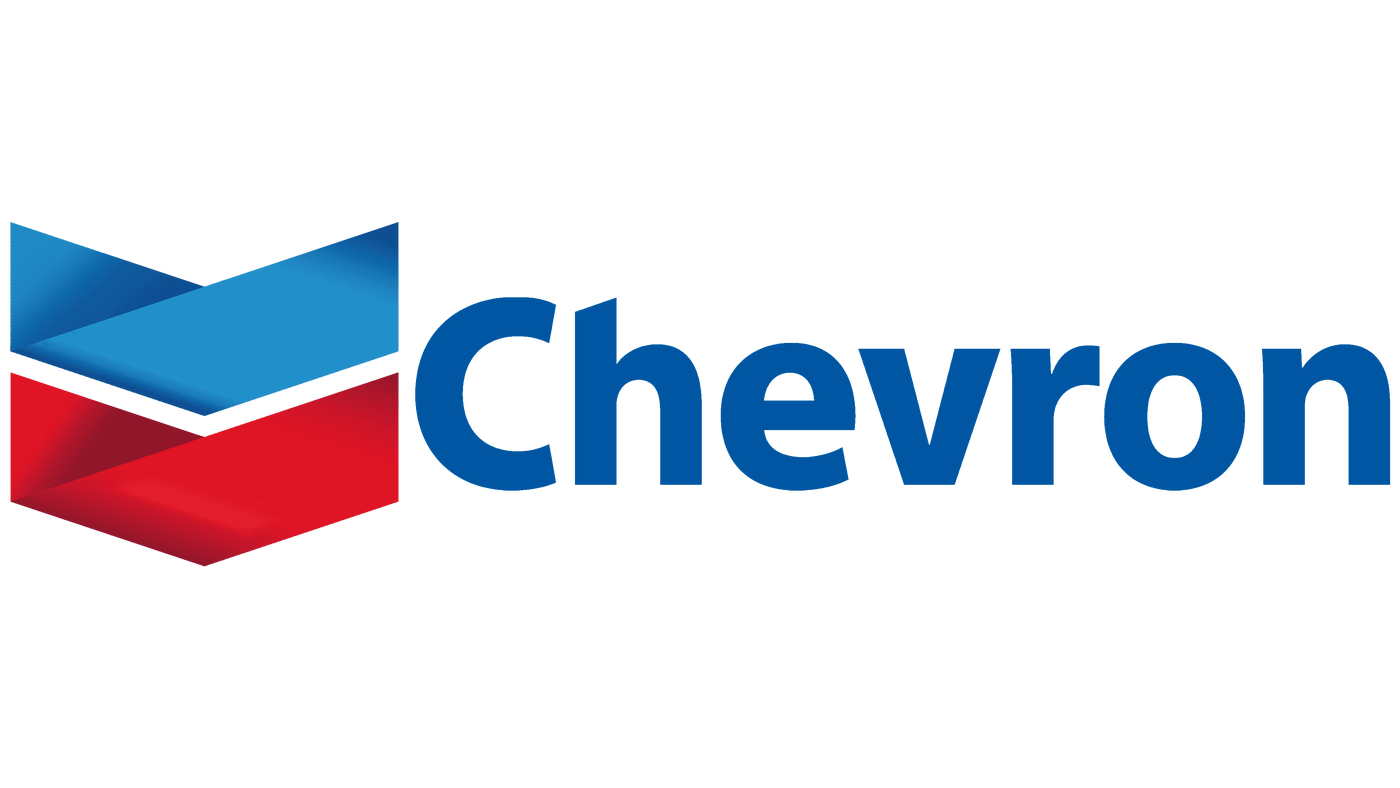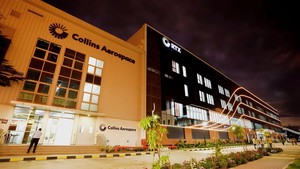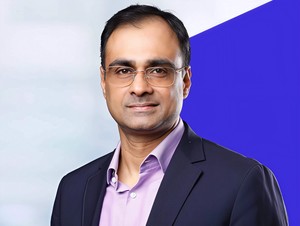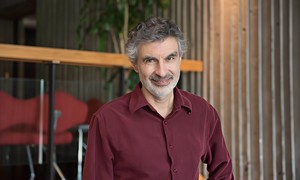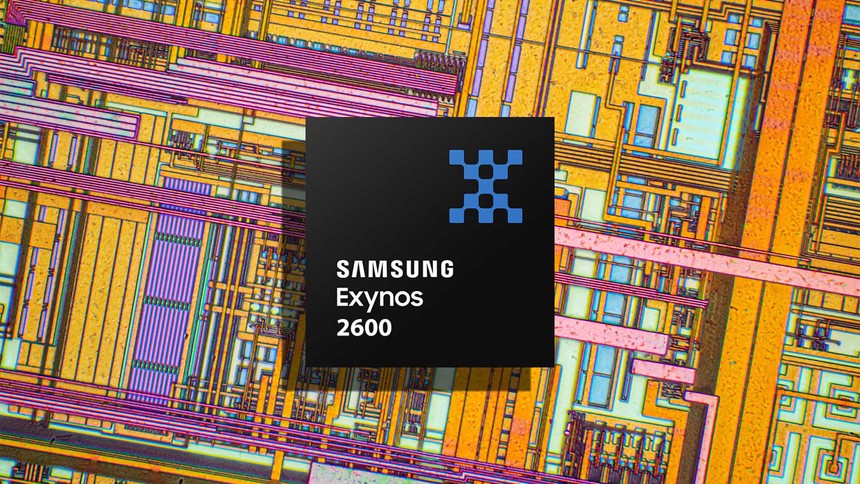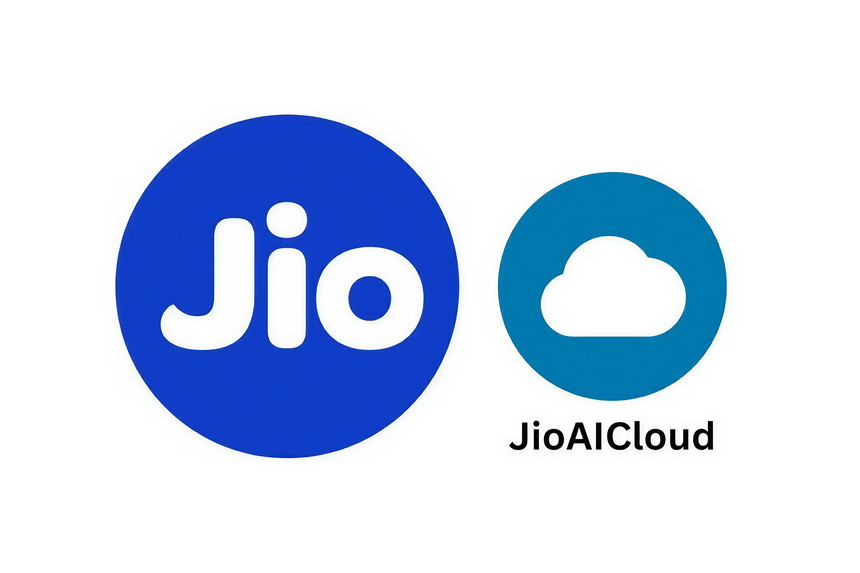An engineering acronym just got very literal. ENGINE, Chevron’s India center, has expanded into a 312,000 square-foot facility in Bengaluru. The scale matters because the new floor space is really rack space and collaboration space for high-performance compute that feeds two big workflows. Real-time geological modeling and digital replicas of processing plants.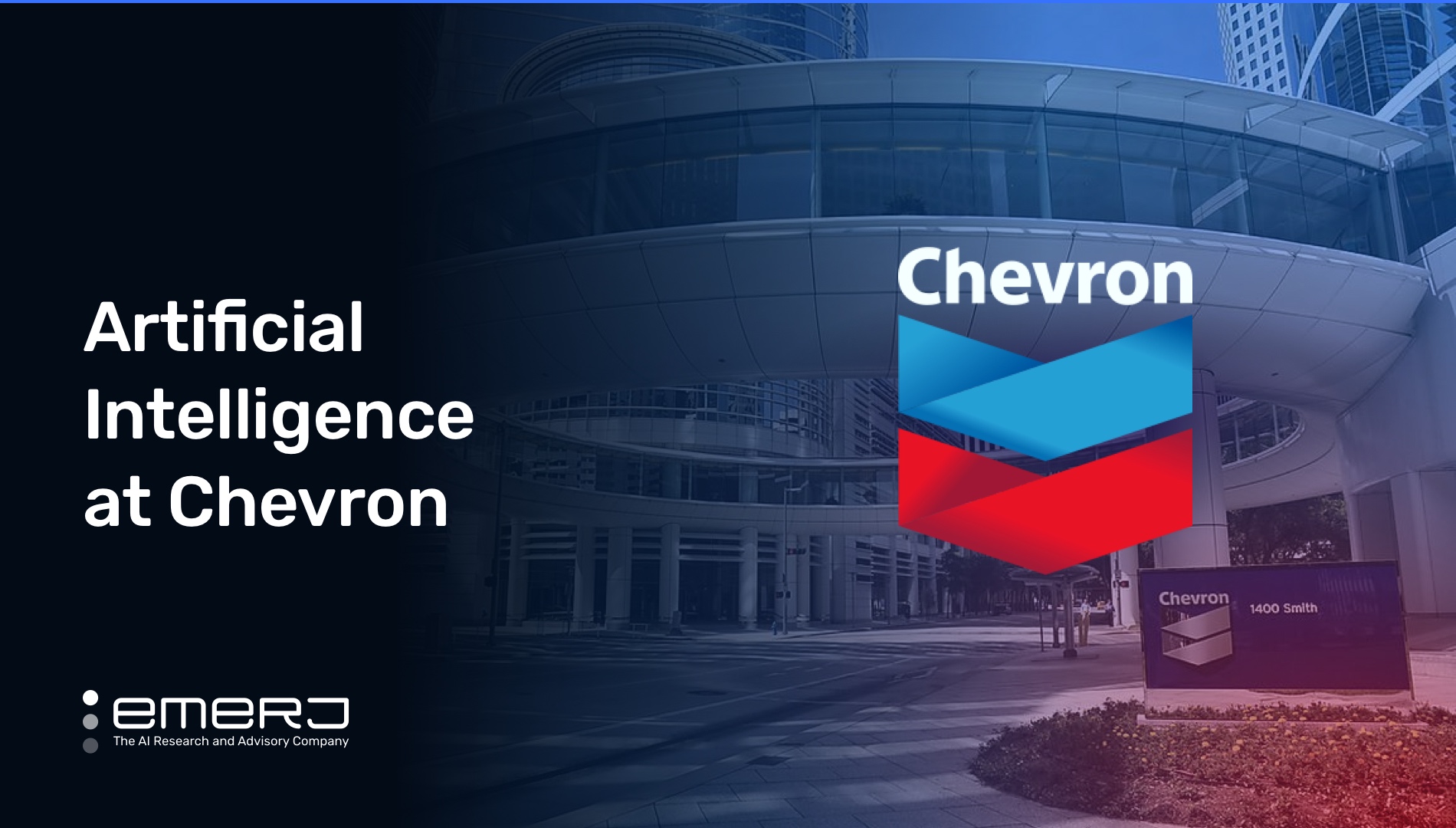
Why this is a tech story, not just a real estate story
Seismic workloads are bursty, data heavy, and latency sensitive when decisions are time bound. Plant twins need high-fidelity physics and near-real-time telemetry to catch anomalies before they cascade into safety or downtime events. Putting more HPC near the engineering teams that run the models shortens iteration loops and lets AI models learn from cleaner, fresher data.
What the company gets for its rupees
Faster reservoir characterization, better drill path decisions, and predictive maintenance that beats scheduled swaps. Add in workflow standardization across assets and you get cost deflation that compounds. The center also becomes a training magnet for Indian engineers who want to work on real industrial AI rather than slideware.
The India strategy
A single scaled hub allows common tooling, shared platforms, and a culture of reusable components. That beats a dozen small centers that duplicate effort. With investment committed over multiple years, expect the India team to own more of the core code that runs simulations and less of the glue code that used to sit around vendor packages.
Watch items
Power and cooling for dense racks. Hiring velocity in niche skills like CFD, geomechanics, and MLOps for industrial time-series. And cross-training safety culture from plant floors into software sprints so models reflect the real world, not wishful math.
Follow Tech Moves on Instagram and Facebook for center-of-excellence maps, India energy-tech salaries, and an explainer on how digital twins actually save you money.


